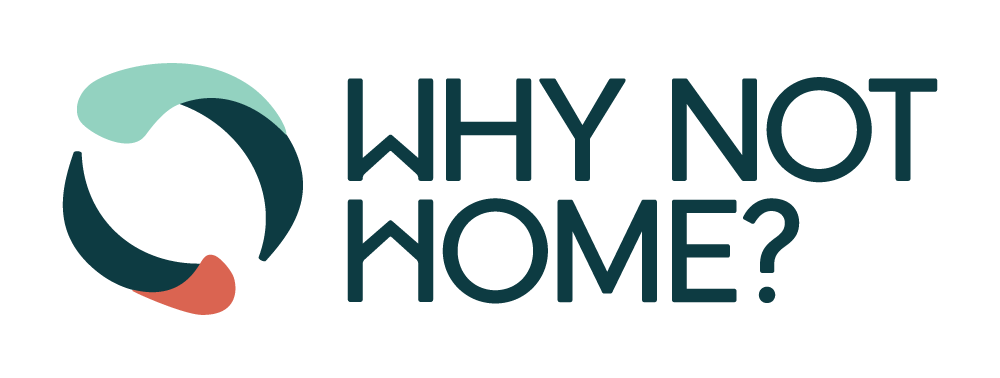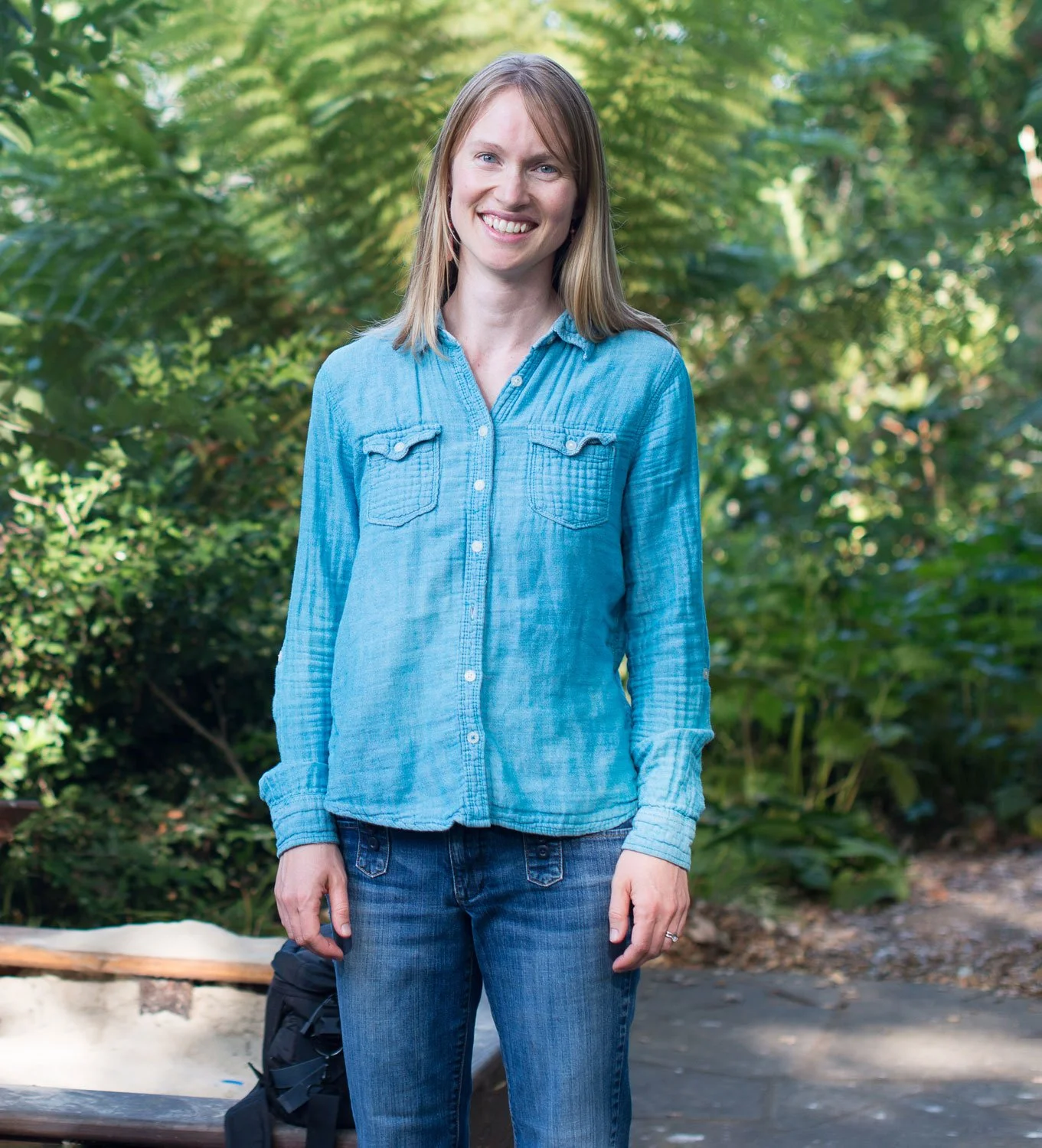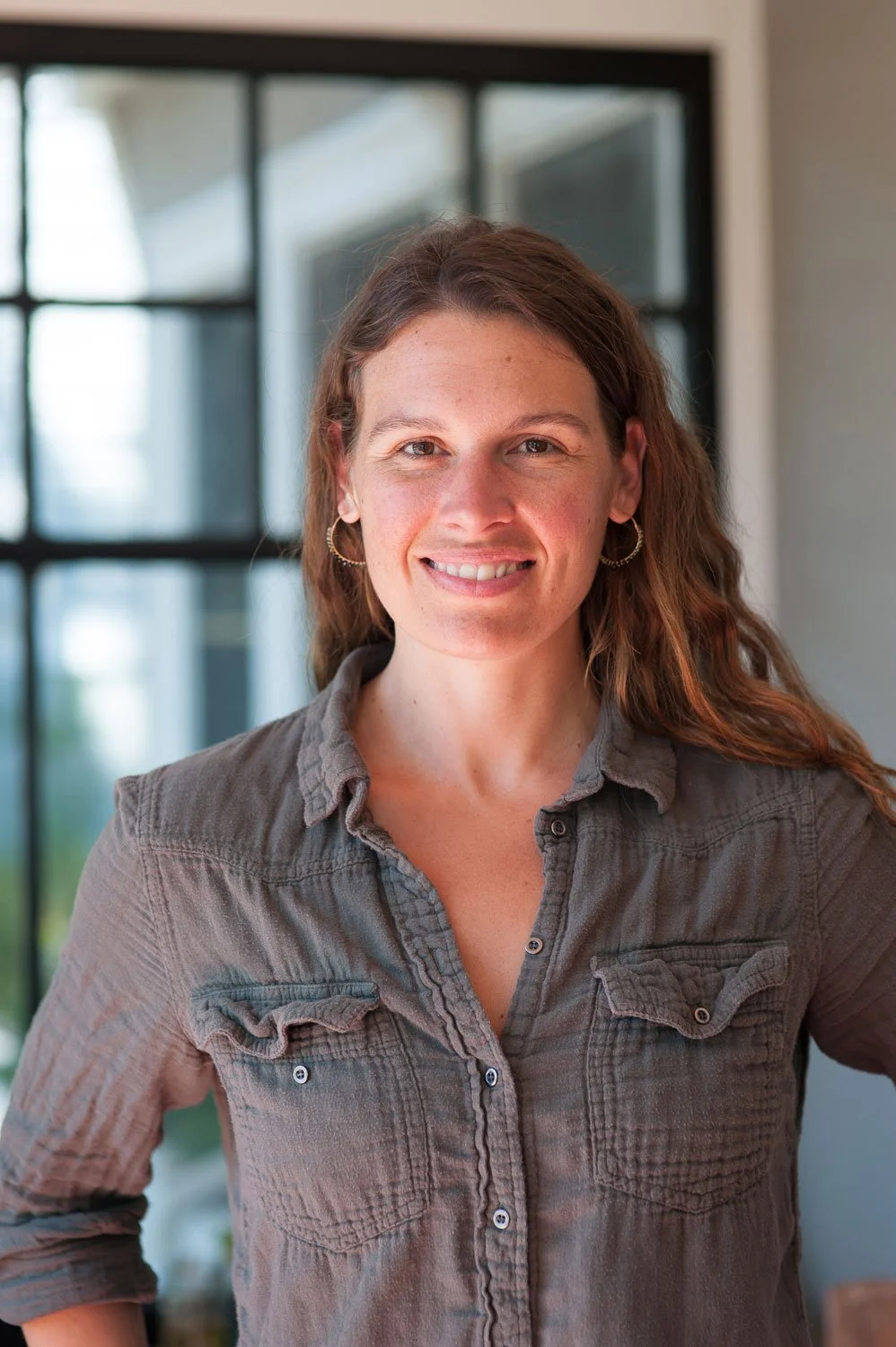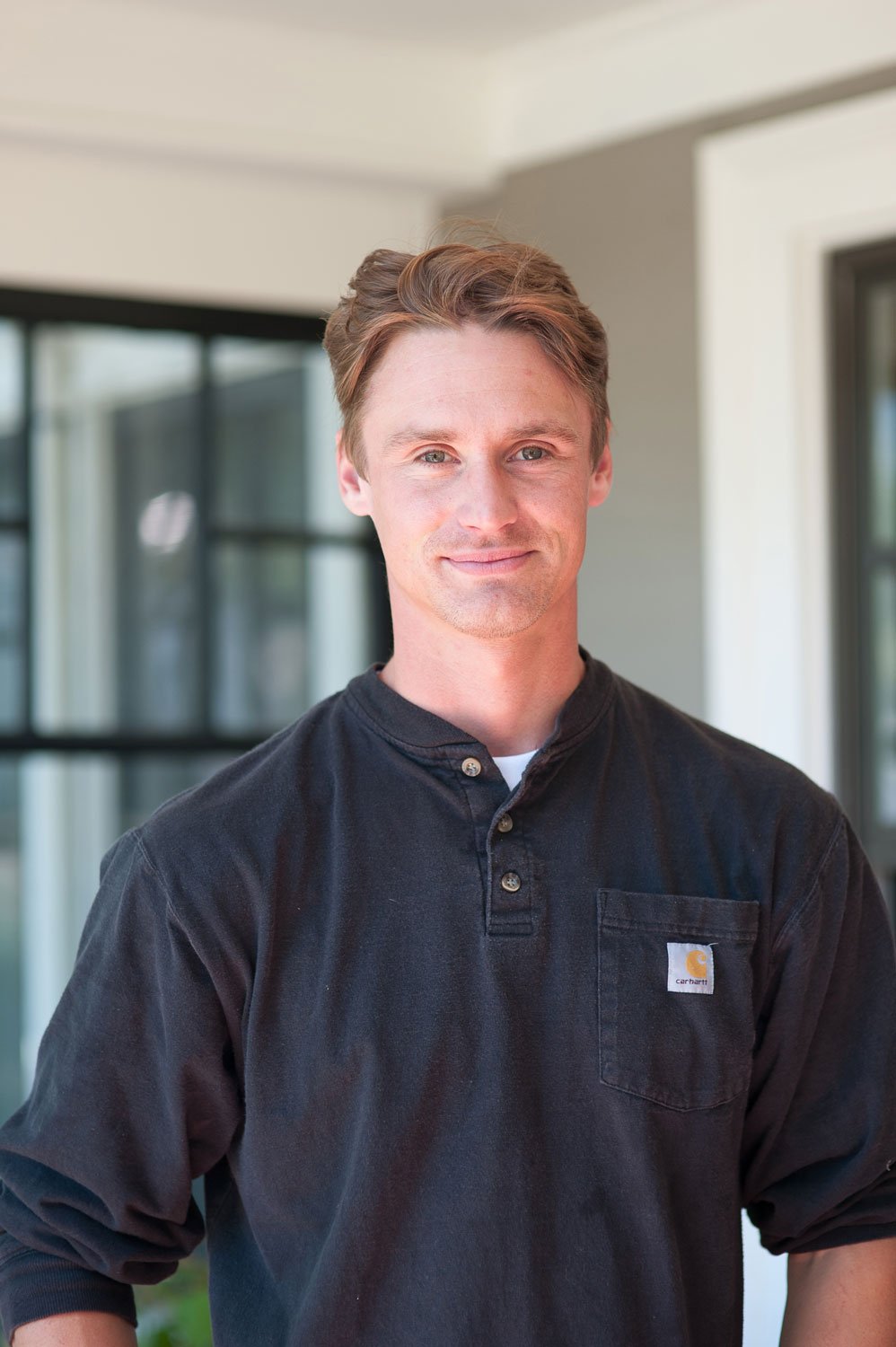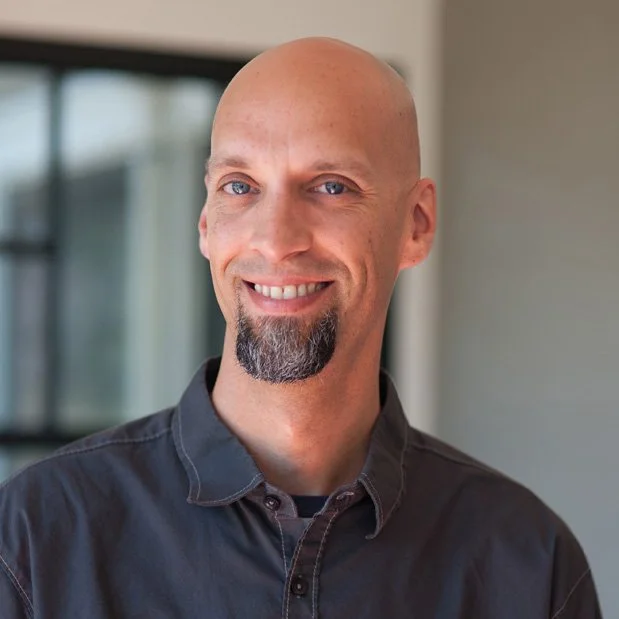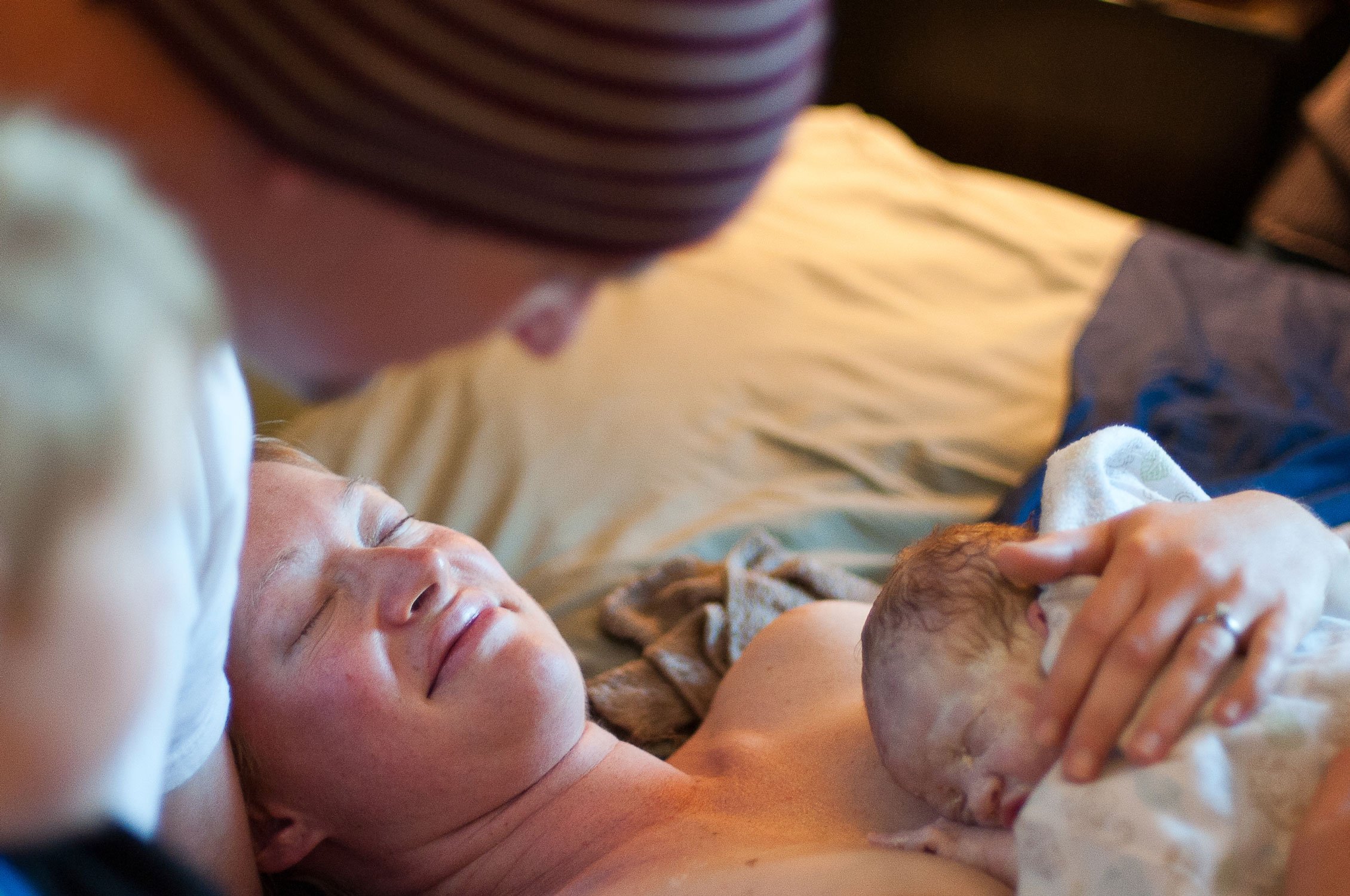

I never considered that I might give birth outside of a hospital–until I got pregnant.
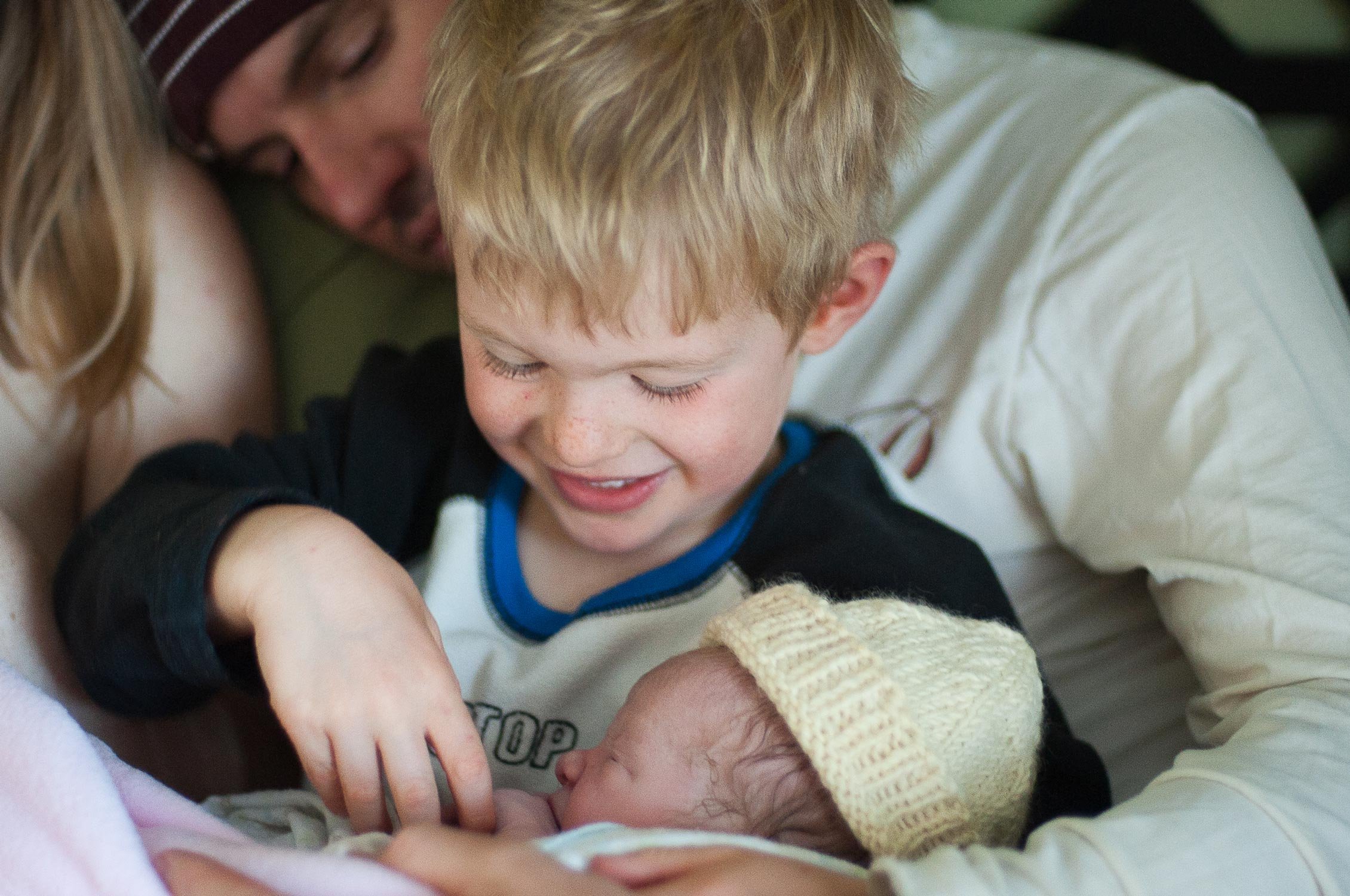
I grew up hearing the story of the doctor and the surgical procedure that saved my life and my mother’s (I was breech, delivered by cesarean section). I never considered that I might give birth outside of a hospital–until I got pregnant.
At that time I had been a nurse for five years and a nurse practitioner for three. Home birth wasn’t part of my culture and wasn’t something my training had directly ad- dressed. Prompted by a colleague’s experience, I started researching, asking questions, and considering my options in and out of the hospital. It was based on that research that I decided I wanted to pursue a home birth. As a low risk mom, it seemed I had the best chance of a safe and uncomplicated natural birth in my own home surrounded by people I knew and trusted. Some of my family and colleagues disagreed.
The decision wasn’t easy to talk about. It’s such an emotionally charged topic. Everyone has an opinion and a story to tell.
Since then I’ve met more health care providers, doctors, nurses, and midwives, who chose to give birth at home. These are not the women most Americans picture when they imagine a home birth mom. These professionals have direct and sometimes daily experience with the risks inherent in birth. Like all women, they wanted a safe birth, yet unlike 99% of women in the US, they chose to give birth at home. This is their story.
Too often polarization occurs on the topic of home birth. By focusing on hospital birth providers who choose home birth, I hope to bring a voice of moderation to the discussion. Together, we can move toward real improvements to maternity care in hospitals and at home.
What if the choice of where to give birth wasn’t limited by cost or insurance coverage, fear or misinformation? What would change if families had access to the care provider of their choice in the setting that best fits their unique needs and values? It’s worth at least asking, “Why not home?”
Director’s Statement
Meet the Characters
-
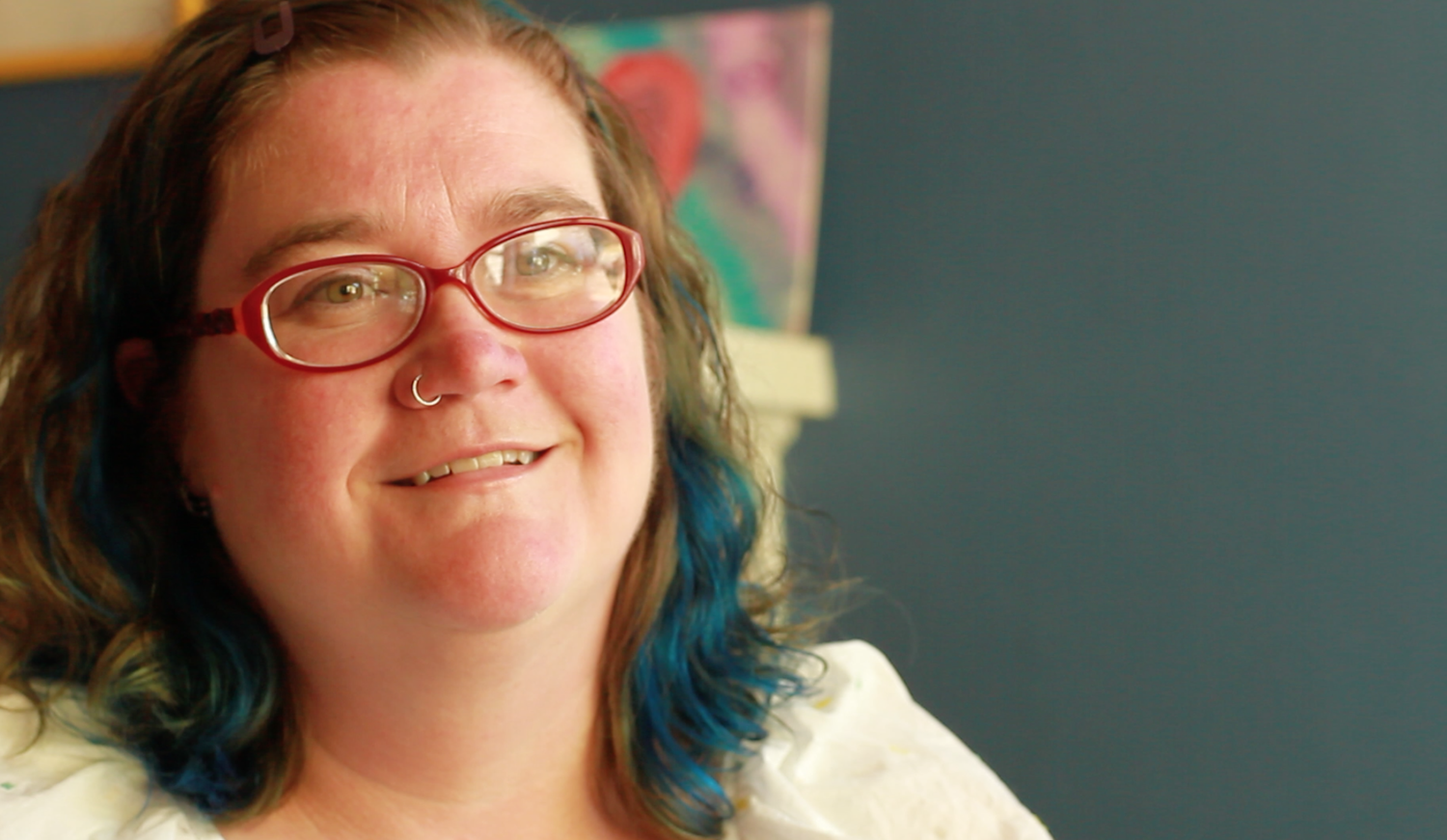
Denise Cobb, RN
LABOR & DELIVERY
Denise has been attending birth in the hospital for over 18 years. A single mom by choice, Denise does things her own way and isn’t afraid to tell it like it is. When she was in nursing school a classmate decided she wasn’t going to the hospital when it was time to deliver her baby. That experience became Denise’s introduction to home birth.
-
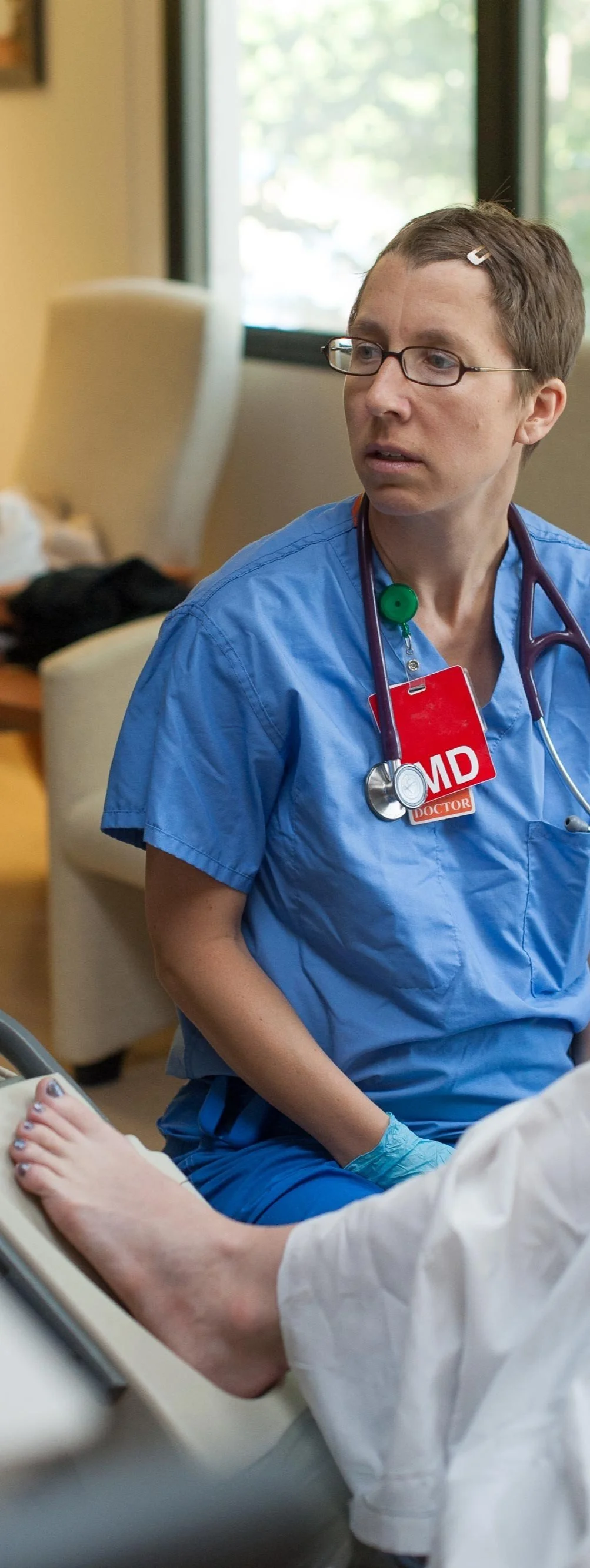
Michelle Minikel, MD
FAMILY PRACTICE & OBSTETRICS
Michelle thought home birth was crazy--until she got pregnant. Her training taught her that home birth wasn’t appropriate for anybody. Keeping her home birth plans a secret from her own parents (one of whom is also a physician) the first time around, Michelle allows us to journey with her during her second pregnancy, but this time it isn’t quite as straightforward as the first.
-
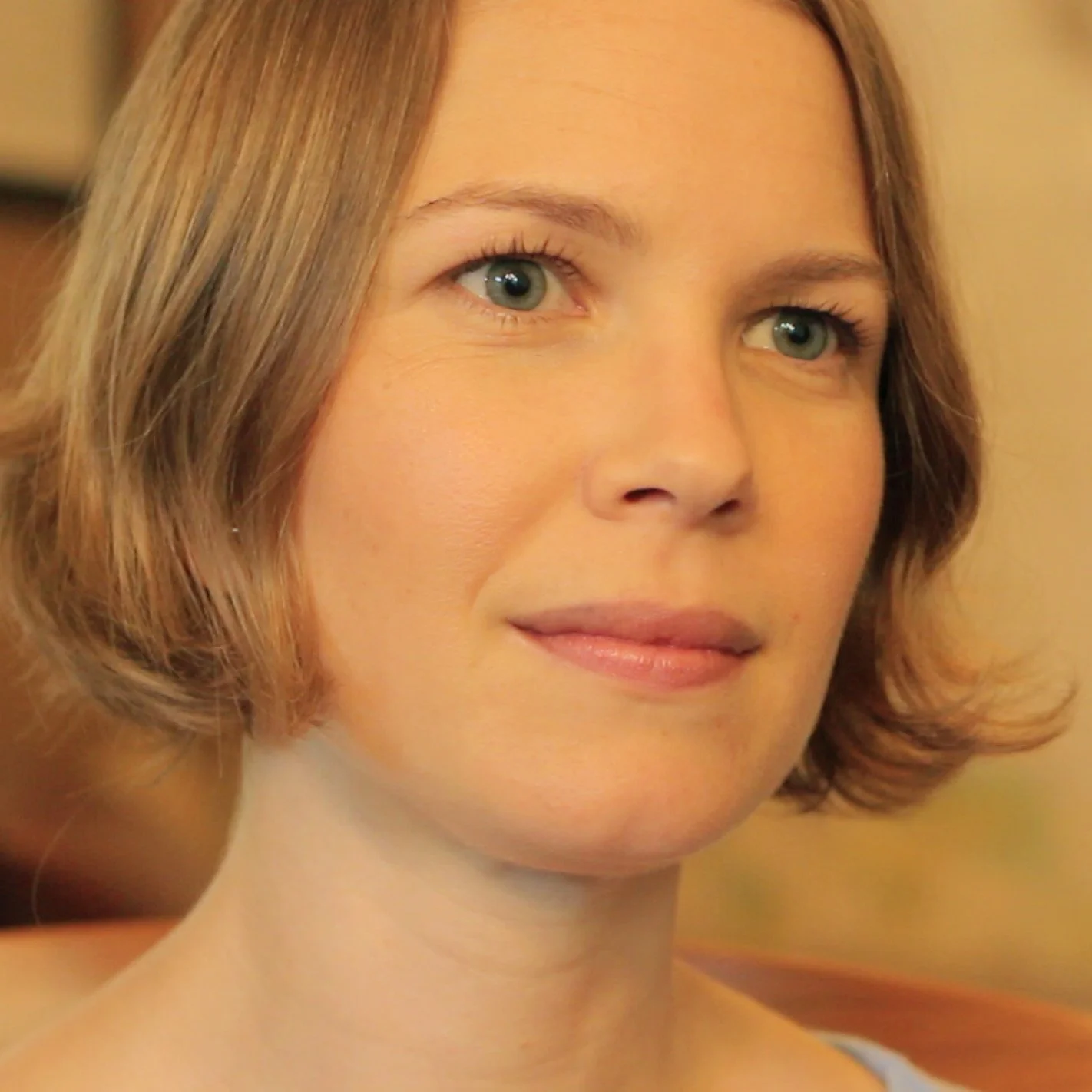
Robyn Lamar, MD
OBSTETRICS & GYNECOLOGY
Robyn isn’t your average OB/GYN. The daughter of a pediatrician, she witnessed the home birth of her younger sister when she was 5 years old. That experience stayed with her in a powerful way. Though she attends birth in the hospital, including cesarean deliveries, for her own births, she knew she wanted midwifery care at home.
-
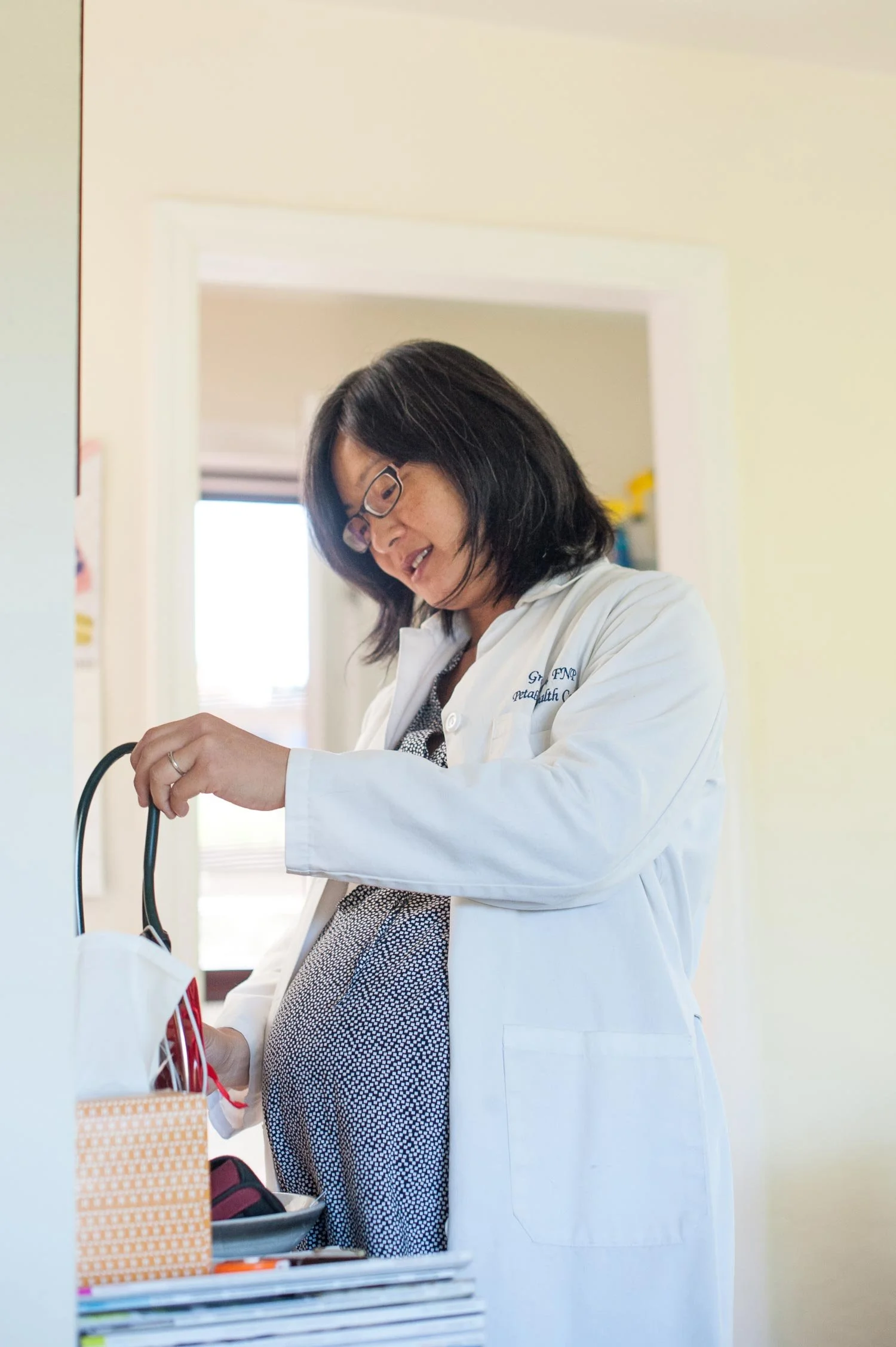
Grace Hochstoeger
FNP, FAMILY PRACTICE
Grace had seen birth in the hospital as a nurse and wasn’t crazy about the thought of that experience for herself. Her husband, Mike however was pretty confident that the hospital was the best place to have a baby. Less than 2 months from her due date, Mike became convinced that maybe Grace was right and they didn’t need to go to the hospital. They found a midwife who supported them at home and Mike became a home birth advocate. Now pregnant with her second, we share what will be a transformational experience with both Grace and Mike.
-
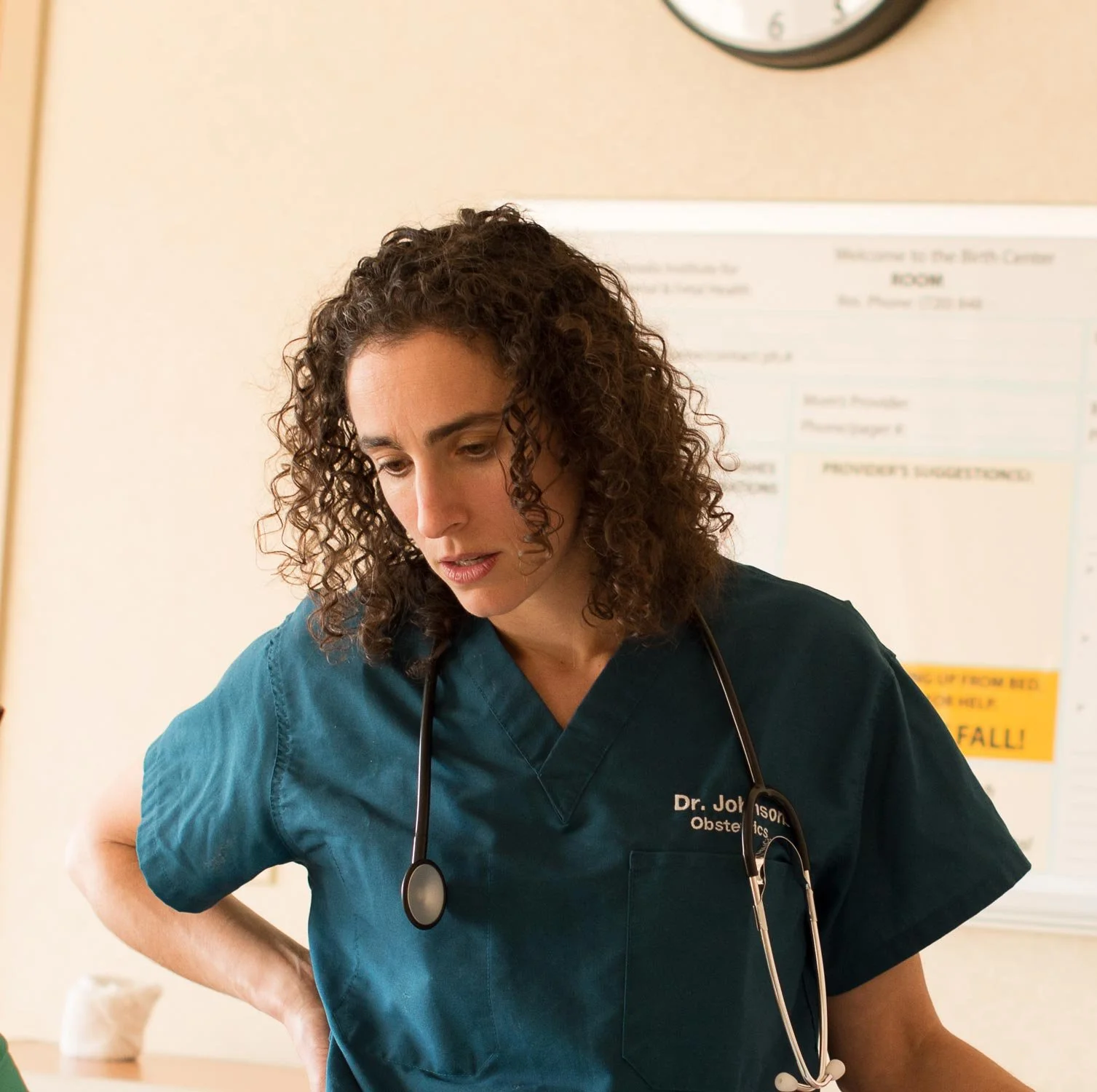
Alexandra Johnson, MD
FAMILY PRACTICE & OBSTETRICS
Alexandra loves maternity care so much she did an additional fellowship so that she could attend not only low risk pregnancies, but could also perform c-sections if needed. Still, for her own births, she chose midwifery care at home. It wasn’t until her son experienced some distress following birth that she experienced the dysfunctional side of home to hospital transfer. Learn how that experience has shaped her practice and her outlook on maternity care.
-
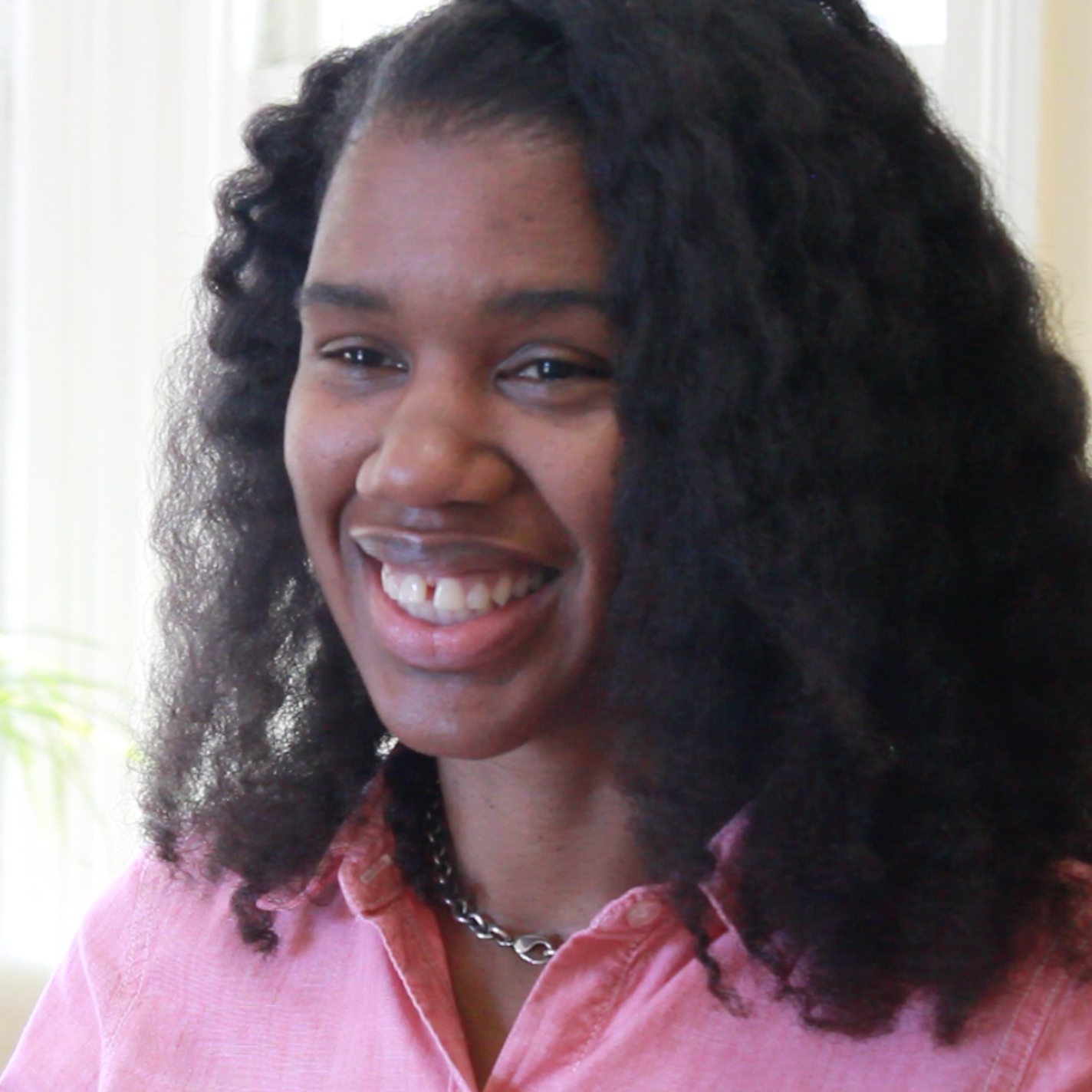
Tanashia Huff, RN
LABOR & DELIVERY, STUDENT MIDWIFE
Tanashia’s whole reason for going to nursing school was to become a midwife. As a labor and delivery nurse she was familiar with the standard hospital delivery, and with her first two children that’s just what she got. She felt like she had missed something, so with her third daughter she decided to seek out a licensed midwife who could attend her at home. Despite criticism and questions from her colleagues, she followed through with her plans and had, “the best experience.” See how Tanashia hopes to expand the diversity of women currently seeking home birth services.
-

Heidi Hartsough, RN
LABOR & DELIVERY
Heidi’s first experiences with birth were as a Peace Corps volunteer in Togo, West Africa--it was a far cry from the high risk hospital in San Francisco where she currently attends women. Both of these experiences strengthened her belief that birth happens in all kinds of places and informed her personal decision about place of birth.
-

LeAnn James, CNM
LeAnn has attended women in hospitals for over 30 years. She has seen a lot change in that time. She loves her work and wouldn’t want to practice any other way. Still, when it was time to have her own children, she planned to have them at home.
-
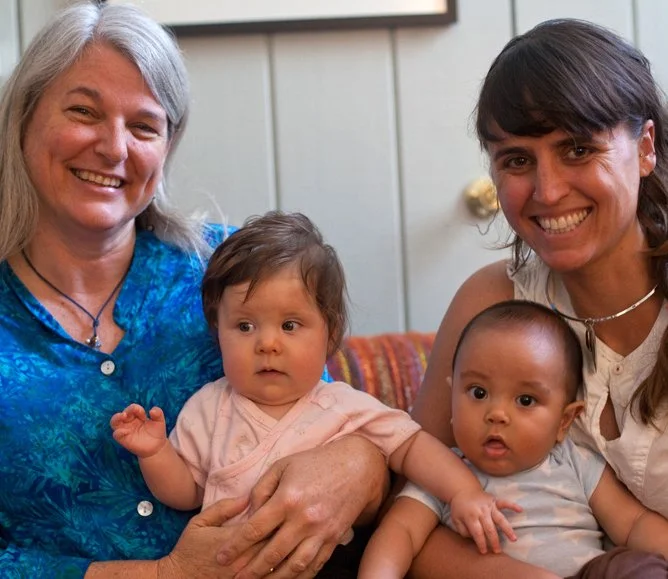
Nancy Myrick, CNM & Ami Burnham, LM
RITES OF PASSAGE MIDWIFERY
Nancy and Ami have a home birth practice together in San Francisco. They also happened to attended Robyn and Heidi’s births. With different training backgrounds and complementary practice styles, they instantly became a powerful duo. Ami is expecting her first baby and is not surprisingly, planning a home birth. She knows that things don’t always go as planned in birth, but even she is surprised by the outcome of her birth.
Meet the Experts
-
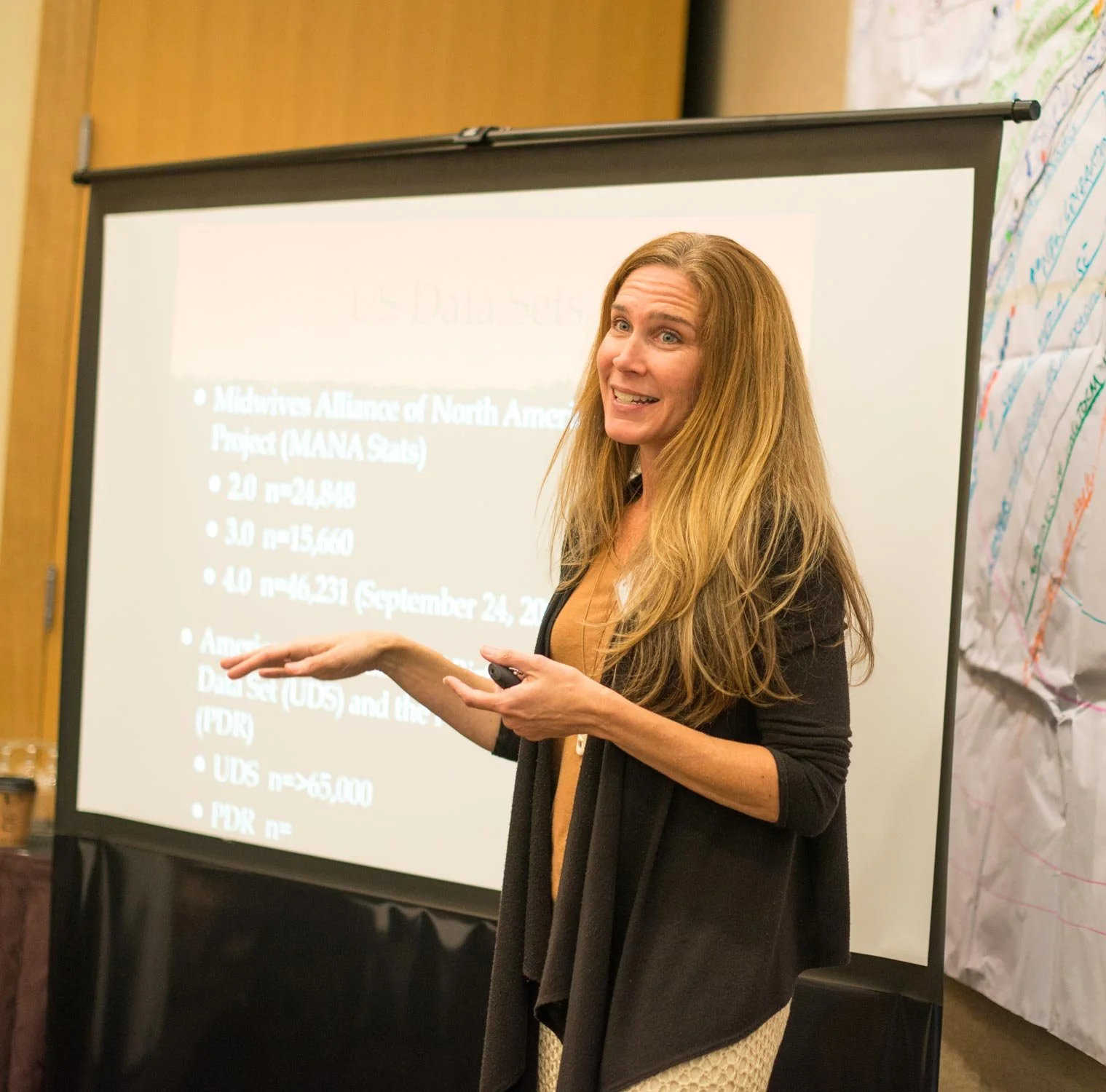
Melissa Cheyney, PhD, LM, CPM,
ASSOCIATE PROFESSOR OF MEDICAL ANTHROPOLOGY, OREGON STATE UNIVERSITY
As an anthropologist and a midwife, Dr. Cheyney is interested in US maternity care system and the way in which we utilize midwifery. Since 2007, she has been working with the Midwives Alliance of North America (MANA) to collect and analyze data about planned home birth. The largest registry of its kind in the US, MANA stats data serves as a valuable source of information about the outcomes of planned home birth.
-

Eugene Declercq
PHD, PROFESSOR OF PUBLIC HEALTH, BOSTON UNIVERSITY
Dr. Declercq started his career as a childbirth educator. He has published numerous articles on childbirth practice and policy in the US and abroad. He has particular interest in maternal and infant mortality and the rising cesarean section rates in the US. His 20 minute video, Birth by the Numbers, is an excellent resource for those curious about how maternal and child health outcomes in the US rate compared to other countries. (Link to birthbythenumbers.org)
-
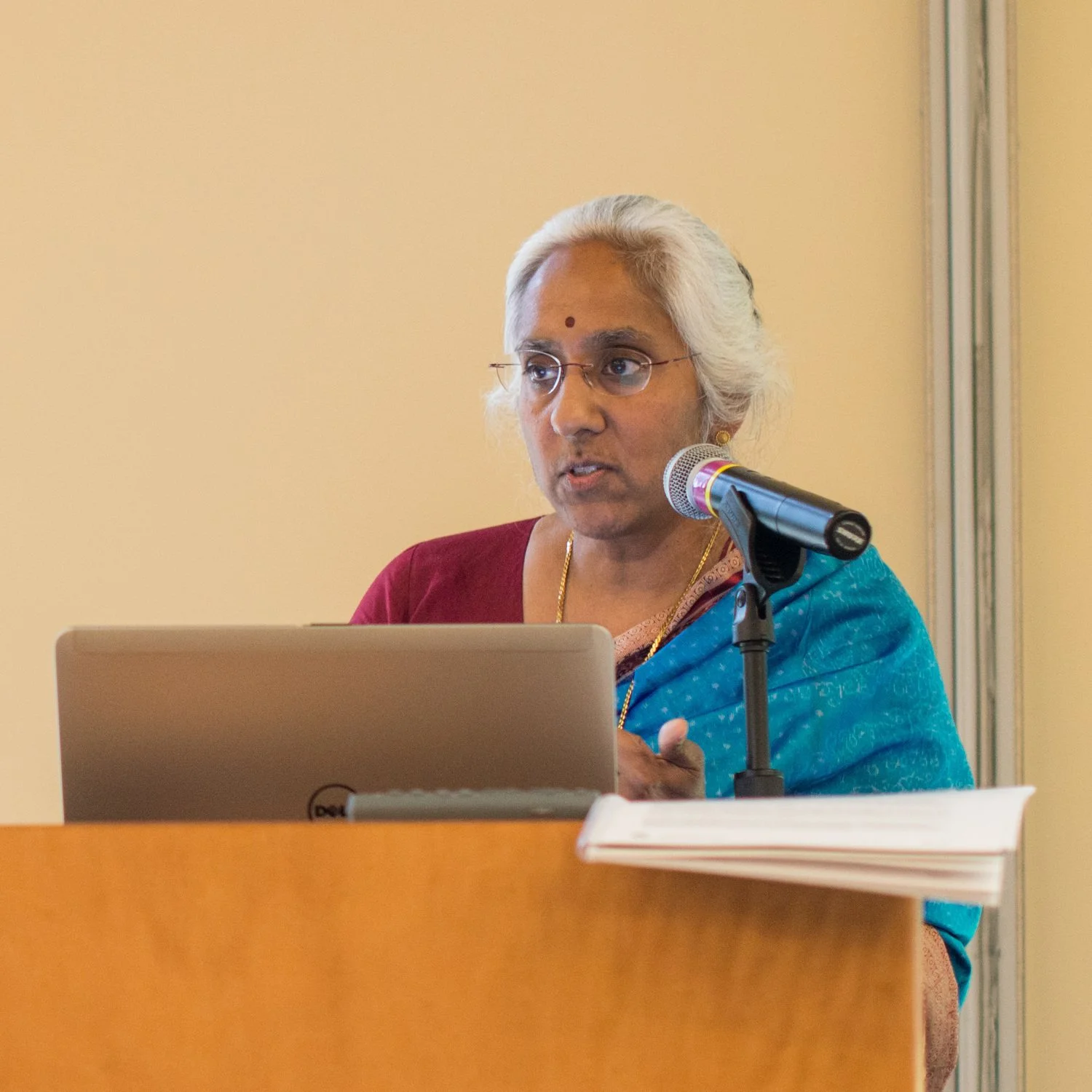
Saraswathi Vedam, RM, CNM, SciD (hc)
PROFESSOR OF MIDWIFERY UNIVERSITY OF BRITISH COLUMBIA
Saraswathi did something no one had done before when she first brought together all the stakeholders in maternity care for the Home Birth Consensus Summit. In it’s third year, she invites us to participate in the summit, to capture and share the challenges and real accomplishments that come when you bring people with different views and backgrounds together around something as polarizing and political as home birth in the US.
-
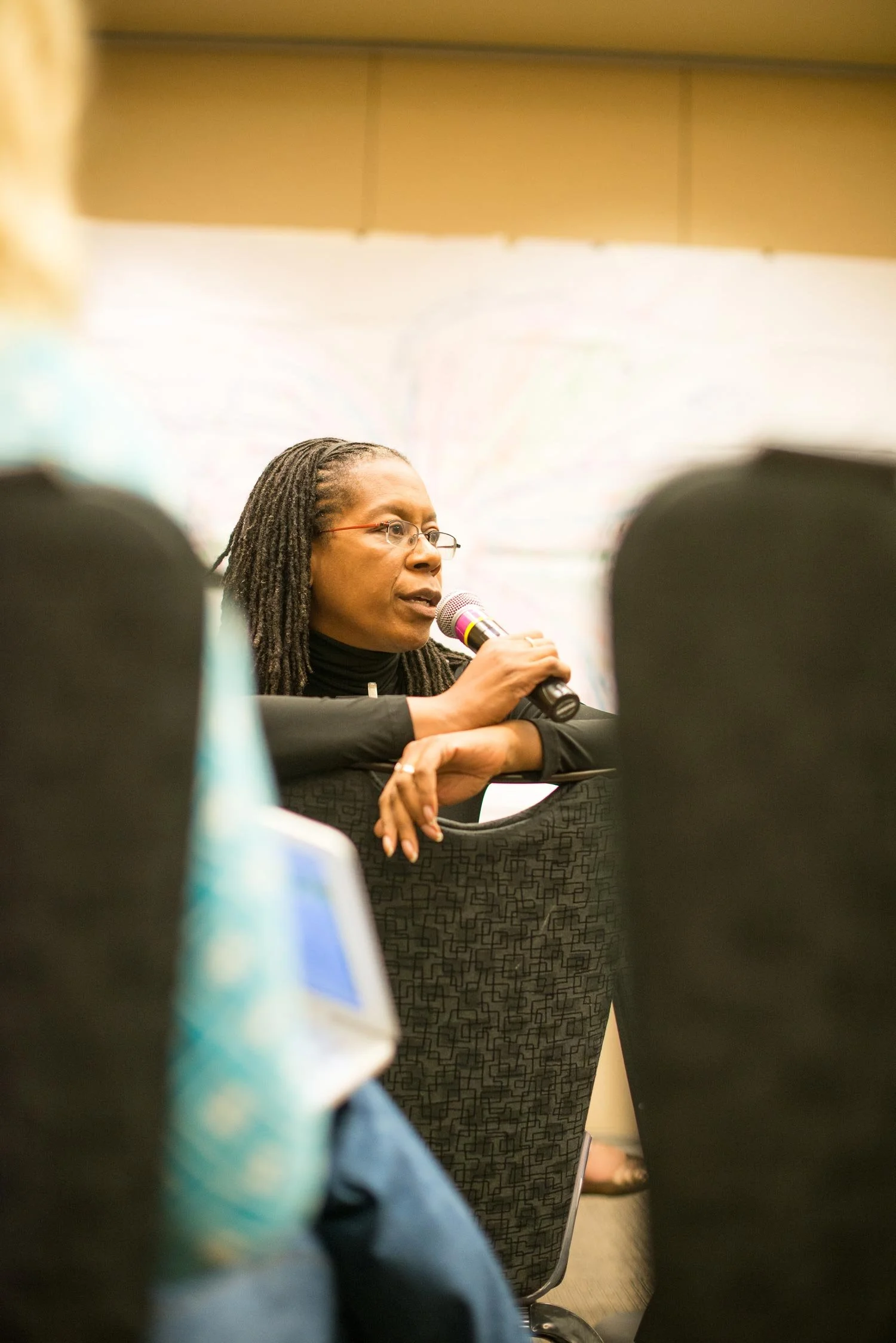
Jennie Joseph, LM, CPM,
FOUNDER, COMMONSENSE CHILDBIRTH
Jennie never met a challenge she didn’t face head on. As an immigrant from the UK, she assumed she would be able to work as a midwife in hospitals as she had back home. She soon found out that if she wanted to practice as a direct entry midwife in the US, she would have to learn to do home or birth center birth--so that’s what she did. In the course of her practice she became more and more concerned with the disparities she was seeing among racial and socioeconomic lines. Not satisfied with the systems currently in place, she found a way to work creatively within the system to expand services and remove any barrier to maternity care.
-
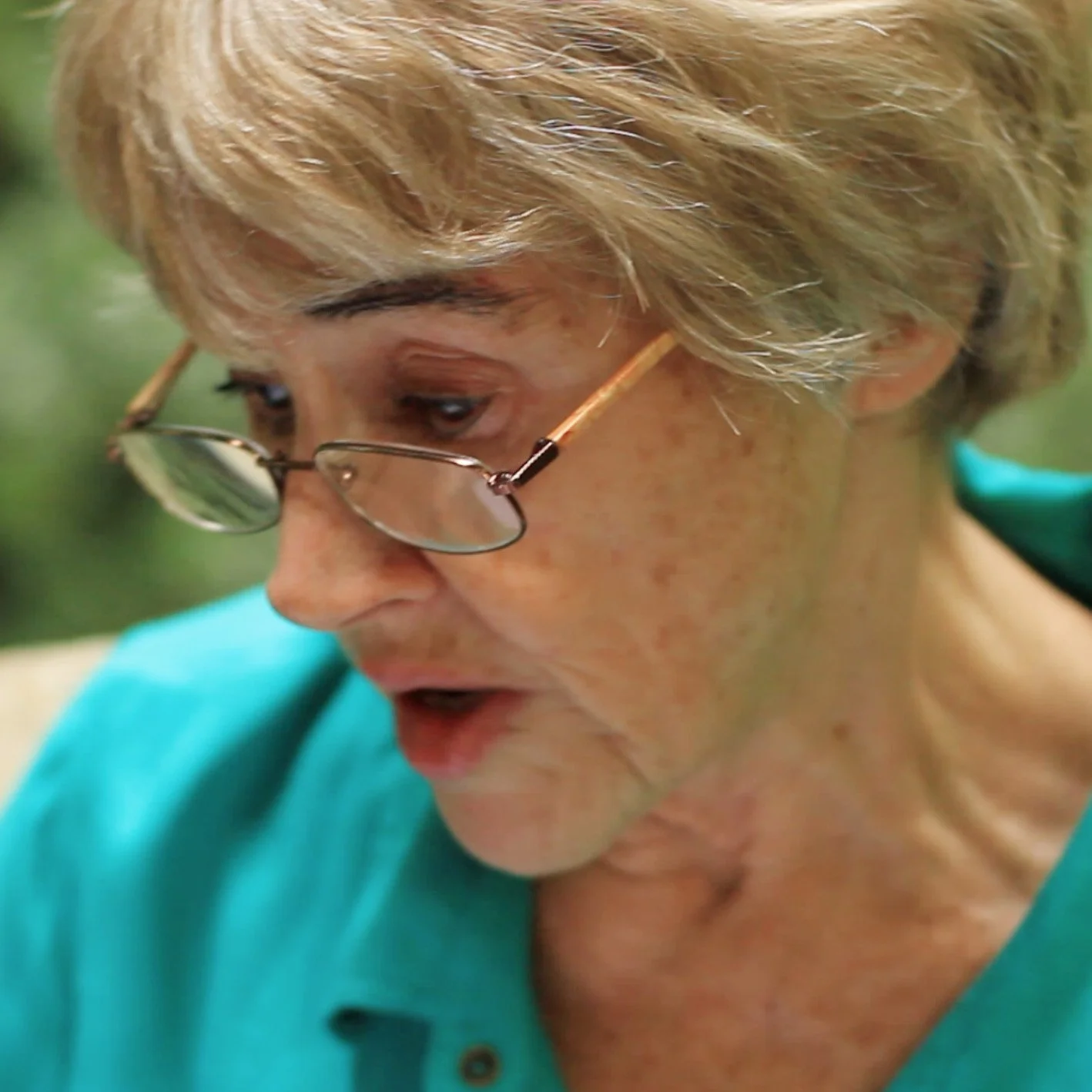
Judith Pence Rooks, CNM, Author
MIDWIFERY AND CHILDBIRTH IN AMERICA
Judith was the first midwife to publish in the New England Journal of Medicine in 1989. Her study about birth center outcomes was the first of it’s kind. With nearly 50 years in public health and maternity care her voice is at the same time historical and relevant.
